Art well: advantages, technology
The art well is a deep mine that can reach a depth of 250 meters and the water in it rises through a pipe under its own pressure. The aquifer of such wells runs at great depths between such layers of rock as clay, stone or granite. These rocks are almost waterproof and the water in these layers accumulates in such a quantity that often forms whole lakes and even small seas.

What is an artesian well
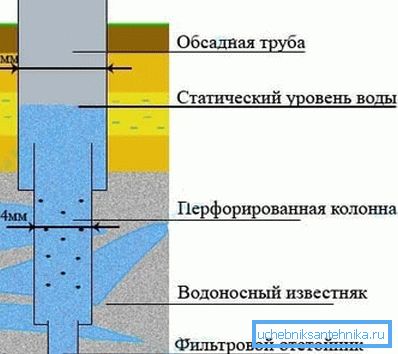
Drilling of water-bearing wells has long become commonplace for owners of private houses and summer cottages, where there is no centralized water supply system. In detached houses, many owners prefer to drill wells of shallow depth on their own to get a water source for their own needs.
Tip! If there are several residential buildings that are constantly in need of clean drinking water, then it makes sense to drill one artesian well to a great depth that will supply everyone at once.
Sources of filling such underground pools are:
- water from melting snow;
- rainfall;
- large layers of higher groundwater penetrating through fractures of hard rocks.
Months and even years may pass before the surface moisture reaches the artesian layer. During this time, water undergoes natural cleansing and saturation with natural minerals and other beneficial components.
As the fluid enters the aquifer, its volumes gradually increase, and the crust creates natural pressure on it. Such underground basins can exist for centuries until they are discovered and a well is drilled.
Art wells serve as an ideal source of water in cases where a large country house with a pool or a small village is located far beyond the city limits and the laying of centralized water supply is impossible and there are no surface reservoirs nearby. However, the price of such a well is quite high, since its drilling requires special equipment and professional teams of workers.
But if there are several residential buildings nearby that constantly need clean drinking water, then it makes sense to drill one artesian well to a great depth that will supply everyone at once.
Drilling arktsvoreny
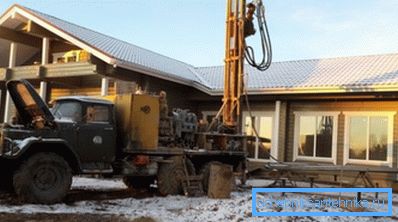
In order to provide a house or village with artesian water, the following types of work are needed:
- conducting geological and topographical studies of the area for an approximate determination of the volume and depth of the aquifer;
- drilling using sophisticated technology (photo);

- installation of casing on the well;
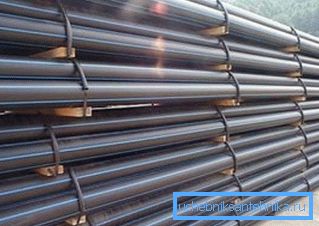
- pumping the well until complete purification;
- installation of equipment and connection to the water supply system;
- preparation and approval of a passport indicating the technical characteristics of the well.
In most cases, it is impossible to drill an artesian well at a country house, because it is only possible to break a channel through solid layers of soil using special equipment that is very expensive.
For the arrangement of the wellbore, today used metal pipes connected by electric welding or plastic, connected in a threaded way.
Advantages and disadvantages of artesian wells
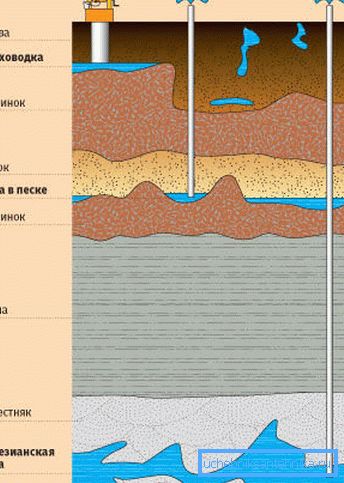
- From the obvious advantages of such a well are:
- high performance;
- uninterrupted supply of fluid;
- high quality water;
- long service life (50-60 years).
The performance of an art well can safely provide a private house or a small village with drinking water, yielding an average of 3 to 20 cubic meters of water per hour. Since the water in the artesian layer is under pressure and in huge quantities, uninterrupted flow is guaranteed for the entire time of the well. In addition, the performance of this layer does not depend on the season or the amount of annual precipitation.
The quality of the water is very high, since the surface waters filling the artesian layer travel a great distance through various types of soil, thus undergoing natural purification and saturation with all the necessary microorganisms and minerals.
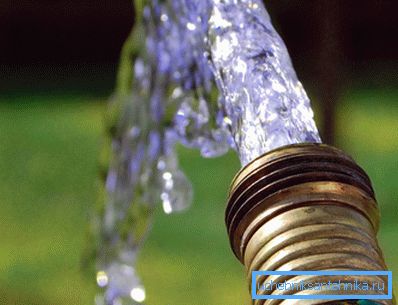
Being under high pressure and not having sunlight, the aquifer does not support the development of pathogenic microbes, but the water from such a well is very hard because it contains a large amount of dissolved salts and iron.
The lifetime of modern wells, subject to regular cleaning and maintenance, ranges from 30 to 60 years, depending on the volume. Modern drilling companies use a two-pipe casing design (the inner plastic pipe is protected by a metal outside), which significantly increases the service life of the well. It is impossible to drill such a well and equip it properly with your own hands.
- Among the shortcomings of artesian wells can be noted:
- high cost of drilling;
- regular maintenance by professional teams and special equipment;
- the need to clean water from salts and iron.
The high cost of such a source is caused by the fact that expensive special equipment and professional workers are used to detect the layer, determine its volume, drill and arrange it. However, these costs are justified by the uninterrupted supply of water of good quality and in the necessary quantities.
Regular maintenance is required for the timely detection of possible faults and their prevention. In the absence of proper maintenance, the well may become unusable and new drilling will be required, which would entail additional financial costs.
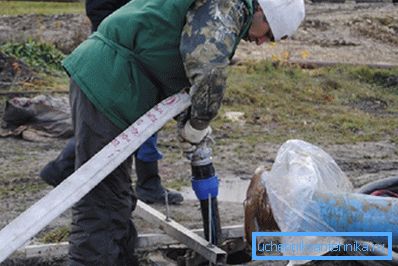
The disadvantage is a large amount of dissolved iron and salts. In the water produced, iron is in a bivalent form, but as soon as artesian water is exposed to temperature in a kettle or water heater, iron goes into a ferric state and precipitates in the form of rust precipitates.
Such sediments quickly deteriorate household appliances, and the installation of special cleaning systems is required. To do this, it is necessary to conduct an examination of water and identify the amount of iron and salt, after which, according to the data obtained, an appropriate purification system is selected.
Conclusion

The presented information can be used by you as an instruction for making a decision on the drilling of an artesian well as your own water source. Additional information will be given to you by the video in this article.